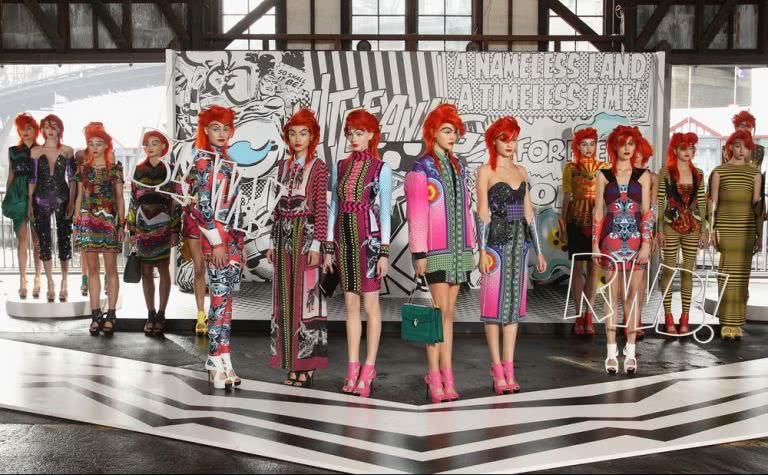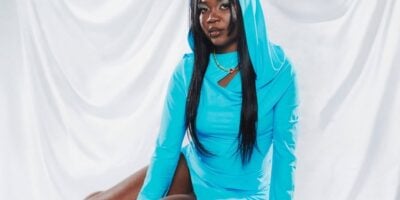Of course the Artistic Director of Art Month is called Scrap Wall. With a moniker like that, any other job would be inevitably unsatisfying. Over the phone he is effusive and charming as he waits to board a plane to a location we never discuss, but which I believe is a top-secret fashion mecca under a volcano somewhere. He also speaks a mile a minute, which, given the sheer scope of Art Month, is little surprise; there’s a lot of ground to cover.
It seemed to me that visual art today is stuck in an unenviable position. Unlike prose or music – portable art, if you will – visual art is something that can’t be fully appreciated digitally. There is something inherently electrifying about seeing art in the flesh, and because that involves physical presence in a gallery, I wonder if its power could be on the decline. Wall doesn’t believe this is the case at all.
“I feel that visual arts is experiencing the same kind of revolution as all the other arts,” he says. “That’s something that we explore in Art Month; how art fits into contemporary culture, be it music, design, architecture, fashion, all of those elements. For instance, I know that people might feel even more engaged with a work because they’ve experienced it online before seeing it in the flesh. And that’s not even considering the growth of internet art itself. It’s a time of change, and it’s all moving really quickly in every direction. That’s something that we’re trying to show.”
One of the features of Art Month isArt On The Runway, which explores the artistic influences and expressions found in contemporary fashion. To many people, certain fashion designs almost trespass into science fiction; clothes that seem so very delicate or impractical that they represent something more than the traditional purpose of clothing. They are almost art installations that you just happen to be able to carry with you.
“I guess it’s just another mode of expression. Like music tastes, certain elements aren’t for everybody. There are so many forums for expression out there, and the example of fashion as art installation, well, that’s a key example of those two fields overlapping. That an artist can be producing clothes isn’t that unusual now. The influence of one kind of art bleeding into another is becoming more and more direct. I wish I could have put more weight into the music element of Art Month because I think that’s a field that has such raw expression, where people come to see something that is a full production. Performers don’t just sing, they put on a show, and there’s no difference between that and the purely visual. I mean, contemporary art certainly isn’t sitting there in a gold frame.”
He makes a fair point – many live music gigs today try to incorporate a huge array of different artistic approaches to their sound and image; lighting, set designs, promotional materials.
“Years ago I came to Sydney to see the U2 Pop tour,” Wall reflects, only a little embarrassed, “Which at the time had the biggest LED screen in the world. It had this inflatable lemon bigger than anything you’d ever seen, and even back then I thought to myself, ‘Jesus! If that’s not art, I don’t know what is.’ It was completely nuts. At the other end of the spectrum, I went by myself to see Marilyn Manson because none of my friends would go with me. But I was fascinated, I wanted to see what happened at these concerts. And Manson was there with respirators attached from his groin to people’s faces, and it was way weirder than anything else that was happening at the time but was this really striking visual. At the end of the day, what I’m trying to say is that the boundaries between disciplines don’t really exist anymore. I think the future belongs to thecatalysts.”
Art On The Runway discussion is part of Art Month Sydney. It’s onFriday March 7 at Carriageworks.

































